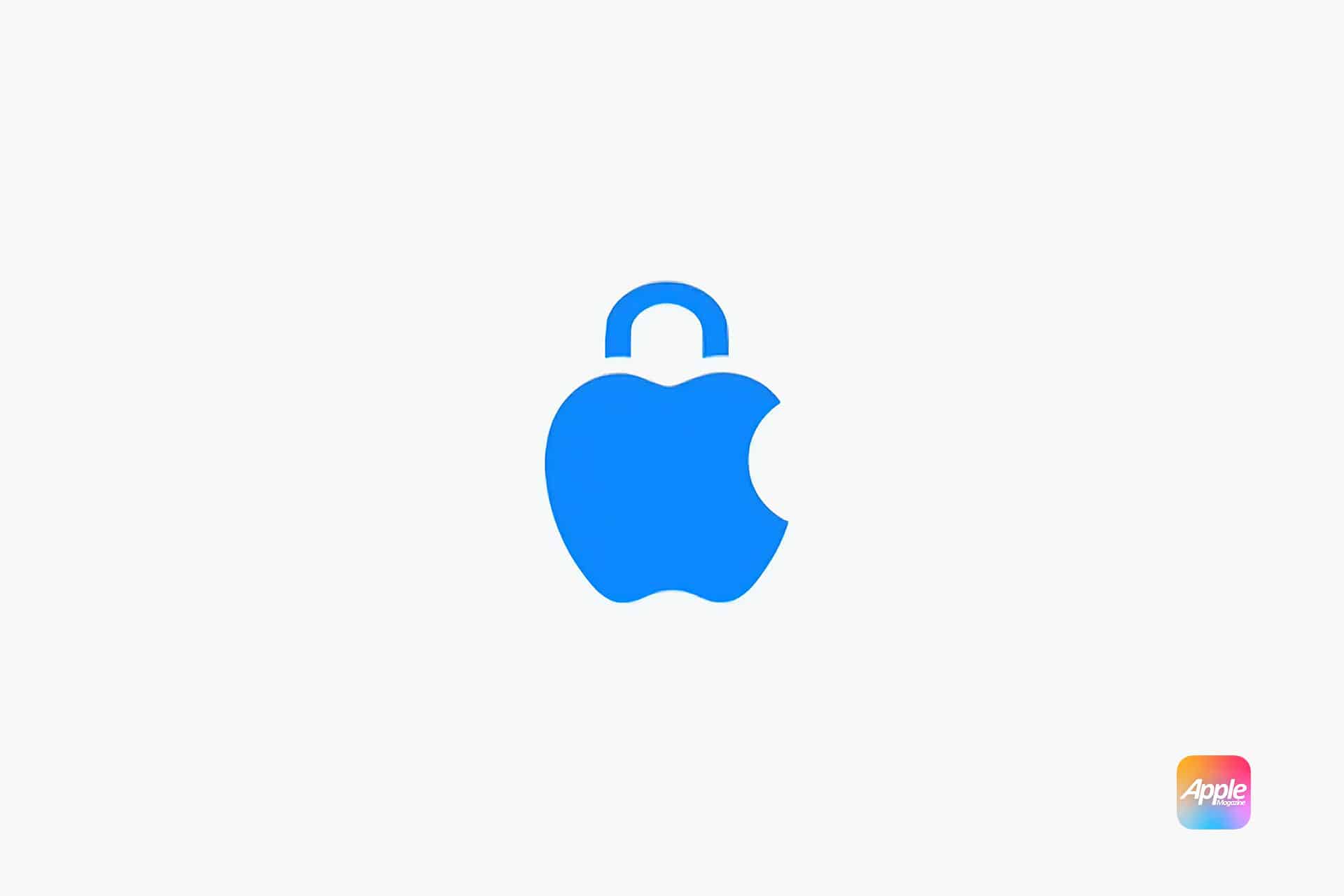The release underscores Apple’s ongoing commitment to addressing emerging security challenges while ensuring user safety across its ecosystem. If you haven’t updated your devices yet, it’s worth understanding why these patches are crucial and how they protect your systems.
Understanding the Vulnerabilities

The two key vulnerabilities tackled by these updates involve JavaScriptCore and WebKit. These are critical components of Apple’s software infrastructure, making the flaws particularly concerning.
- JavaScriptCore Vulnerability
JavaScriptCore is Apple’s open-source JavaScript engine that powers web-related applications across its devices. In this instance, the vulnerability allowed attackers to execute arbitrary code by exploiting maliciously crafted web content. This essentially means that users who visited certain compromised websites could inadvertently allow harmful code to run on their devices. - WebKit Vulnerability
WebKit, the browser engine underlying Safari and many other iOS and macOS applications, faced a similar issue. The vulnerability also enabled attackers to execute malicious code via compromised web content. Additionally, it allowed for potential cross-site scripting (XSS) attacks, which could compromise sensitive data and user interactions on web pages.
Both vulnerabilities posed a significant threat, as they enabled attackers to bypass standard security measures, potentially gaining unauthorized access to devices.
How These Vulnerabilities Were Exploited
Apple has disclosed that these vulnerabilities may have been actively exploited on certain devices, particularly older Intel-based Mac systems. While no specific details were shared about the scope or nature of these exploits, reports indicate that attackers used these flaws to target users through compromised websites. The nature of these attacks highlights how important it is for users to stay vigilant about software updates and security patches.
Although the vulnerabilities are primarily known to affect Intel-based Macs, the underlying flaws exist across Apple’s ecosystem, meaning other devices are potentially at risk if left unpatched. Apple’s decision to address these issues swiftly demonstrates the company’s proactive approach to user safety.

Why Timely Updates Are Crucial
When vulnerabilities like these are discovered, they are often referred to as “zero-day” threats, meaning they are actively exploited before a fix is available. This makes them especially dangerous, as users may be unaware of the risks or how to mitigate them.
Timely updates like the ones Apple has issued are designed to close these security gaps before attackers can cause widespread harm. In many cases, delaying updates leaves devices exposed to unnecessary risk, as hackers may continue to exploit known vulnerabilities. By installing the latest software, users can significantly reduce the likelihood of falling victim to such attacks.
How to Update Your Devices
Ensuring your devices are running the latest software is a straightforward but vital step in protecting yourself. Here’s how to update:
- For iPhones and iPads
- Open the Settings app.
- Go to General > Software Update.
- If an update is available, tap Download and Install.
- For Macs
- Open System Preferences from the Apple menu.
- Click Software Update.
- If updates are available, click Update Now.
- For Apple Watches
- Open the Watch app on your iPhone.
- Go to General > Software Update.
- Follow the prompts to install the update.
Updating your devices typically takes only a few minutes, but the security benefits are invaluable.

Broader Implications for Security
The vulnerabilities addressed by these updates underscore the ongoing challenges faced by tech companies in maintaining secure platforms. Cyberattacks have become increasingly sophisticated, targeting software flaws to gain access to sensitive information or compromise device functionality.
Apple’s commitment to transparency in disclosing these vulnerabilities and providing timely fixes is commendable. However, the responsibility for security doesn’t rest solely with the company. Users also play a crucial role by adopting best practices, such as regularly updating their devices and being cautious about the websites they visit and the content they download.
What This Means for Intel-Based Mac Users
While Apple has stated that the vulnerabilities have primarily been exploited on Intel-based Macs, it’s important for users of all Apple devices to take this update seriously. Intel-based Macs, which rely on older architecture, are often more susceptible to certain types of exploits compared to devices with Apple’s newer silicon chips.
If you’re using an older Mac, these updates are especially critical. However, even users with the latest devices should install the patches to ensure comprehensive protection against potential threats.
Tips for Staying Secure Beyond Updates
In addition to installing updates, there are several steps you can take to enhance your overall security:
- Use Strong, Unique Passwords
Password managers can help generate and store secure passwords for your accounts, reducing the risk of breaches. - Enable Two-Factor Authentication
Adding an extra layer of security to your accounts can prevent unauthorized access, even if your password is compromised. - Be Cautious with Links and Attachments
Avoid clicking on suspicious links or downloading attachments from unknown sources, as these are common methods for delivering malware. - Regularly Back Up Your Data
Keeping backups of your important files ensures you can recover them in case of an attack or device failure. - Stay Informed About Security Best Practices
Following reputable tech news sources can help you stay aware of emerging threats and vulnerabilities.
The Importance of Apple’s Ecosystem
One of the key advantages of Apple’s ecosystem is its tightly integrated software and hardware. This allows the company to address security vulnerabilities more effectively compared to platforms with more fragmented systems. The swift rollout of these updates highlights how Apple leverages this integration to deliver timely fixes.
However, no system is completely immune to vulnerabilities. The discovery of flaws in JavaScriptCore and WebKit serves as a reminder that even the most secure platforms require ongoing vigilance and maintenance.
Moving Forward
As technology continues to evolve, so do the methods employed by cybercriminals. Staying ahead of these threats requires a collaborative effort between companies like Apple, which develop and distribute security updates, and users who must implement them. By keeping your devices updated and practicing good digital hygiene, you can significantly reduce your risk of falling victim to cyberattacks.

Apple’s iOS 18.1.1, iPadOS 18.1.1, and macOS Sequoia 15.1.1 updates are a testament to the company’s dedication to user safety. These patches not only address critical vulnerabilities but also reinforce the importance of proactive security measures. Whether you’re using an older Mac or the latest iPhone, updating your device today is a step toward ensuring a safer digital experience.








